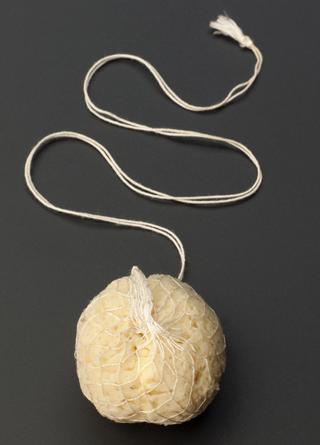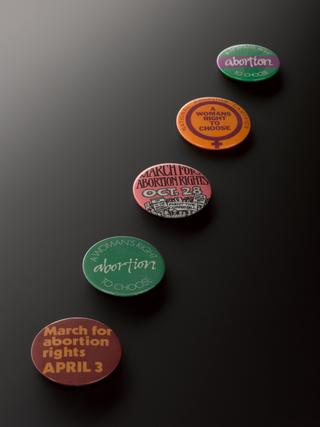
Catheter used in the process of IVF, Europe, 1999
- Made:
- 1999 in United Kingdom




Plastic catheter, 'monojet' brand, unsigned, British, 1999. Used to place eggs back in the womb during the IVF process (see note).
On 25 July 1978, Louise Brown was born, becoming the first baby conceived and born after IVF treatment. This breakthrough came from years of groundbreaking research by Robert Edwards, Jean Purdy, and Patrick Steptoe. During IVF, eggs are fertilised with sperm outside of the body and then the resulting embryos are transferred to the uterus. Since the 1970s, many innovations have made the IVF process more efficient and effective. In 1980, Edwards, Purdy, and Steptoe reported a success rate of 6%, whereas in 2019, the success rate of IVF treatment in the UK for under 35s was 32%. However, there is a postcode lottery when it comes to receiving IVF treatment on the NHS, and many people have to pay for private treatment. It can also take several cycles of IVF to be successful and can often be mentally and physically challenging.
Once eggs have been successfully fertilised with sperm and allowed to develop in optimal conditions for a few days, they are ready for embryo transfer. A soft catheter like this is used to place the embryo in the uterus. This can be done using embryos which have just been fertilised or those which have previously been frozen. In order to have a successful pregnancy, the embryo then needs to implant in the lining of the uterus and to continue to develop.
Details
- Category:
- Obstetrics, Gynaecology & Contraception
- Object Number:
- 2002-385
- Materials:
- plastic (unidentified) and rubber (unidentified)
- Measurements:
-
overall: 16 mm x 333 mm x 10 mm, .005kg
- type:
- catheter
- credit:
- Institute of Obstetrics and Gynaecology



